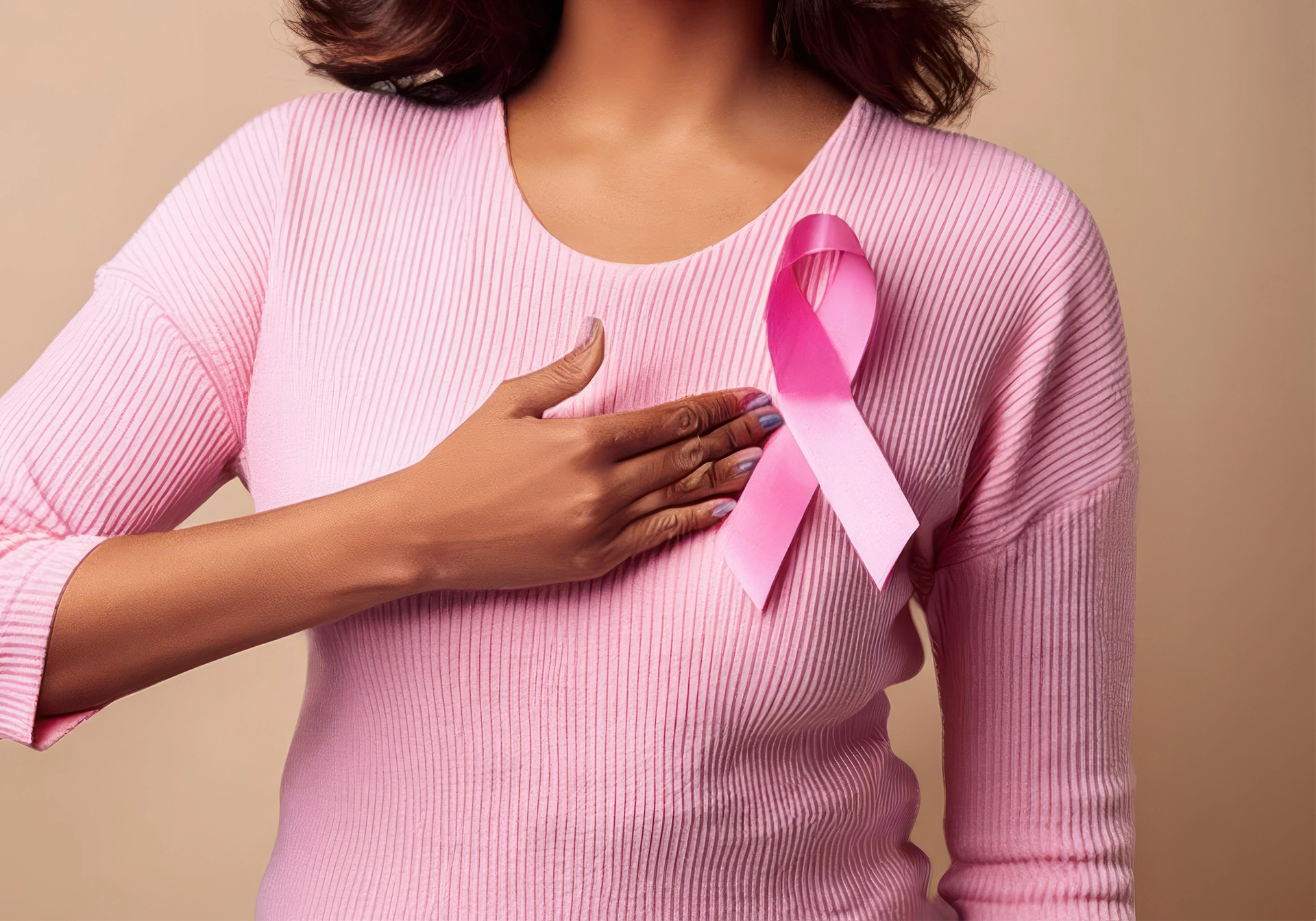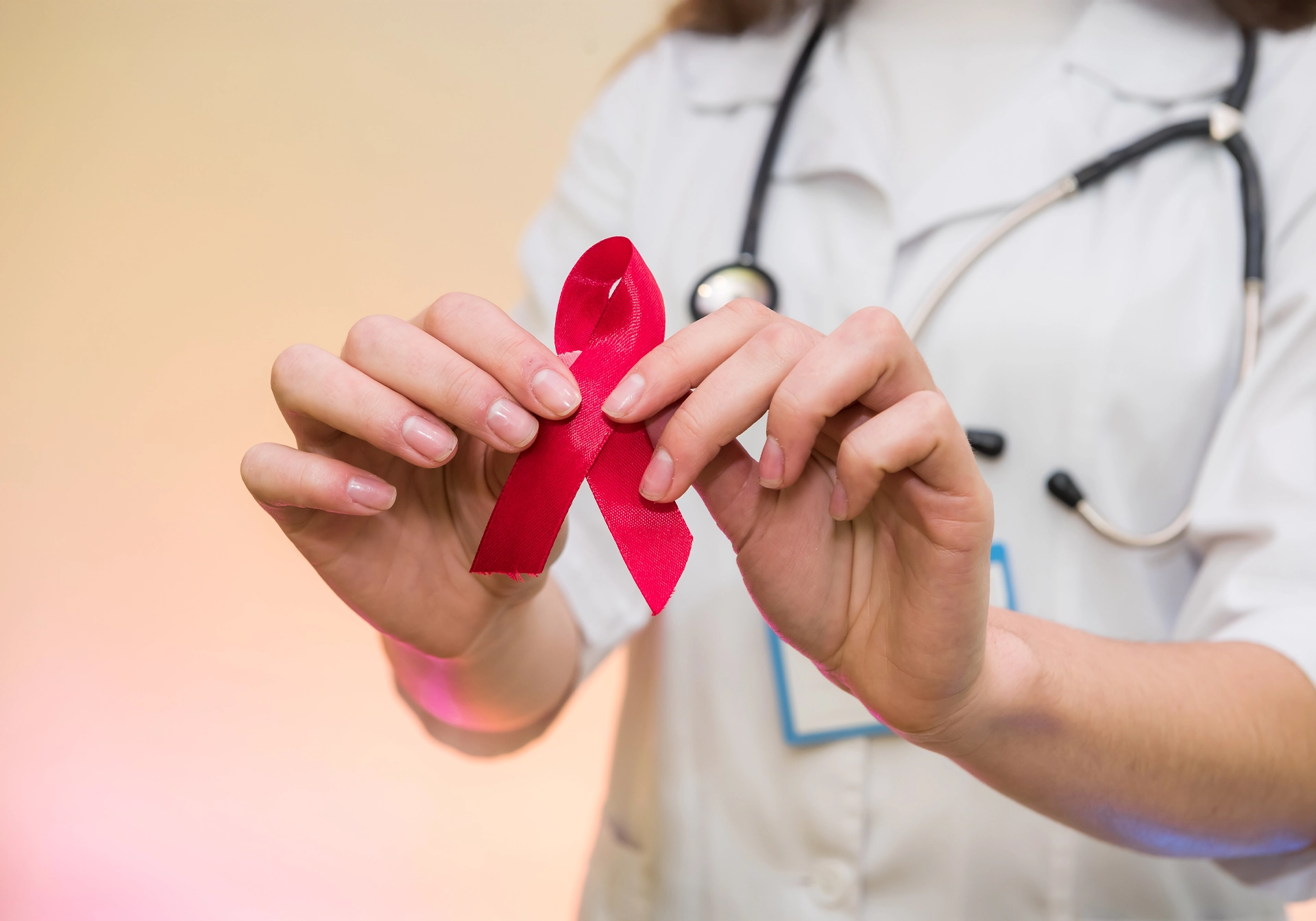
- Blog
- August 11,2025
- 0 Comments
FACTORS ASSOCIATED WITH GREATER BREAST CANCER RISK
1.Increasing age —
- Birth to age 49 – 2.1 percent4
- Age 50 to 59 – 2.4 percent
- Age 60 to 69 – 3.5 percent
- Age 70 and older – 7 percent
- Birth to death – 12.9 percent
2. Female sex — Breast cancer occurs 100 times more frequently in females than in males.
3.Weight and body fat in postmenopausal females —
- Postmenopausal females – A higher BMI and/or perimenopausal weight gain have been consistently associated with a higher risk of breast cancer among postmenopausal females
- Inverse relationship in premenopausal females – Unlike postmenopausal females, an increased BMI is associated with a lower risk of breast cancer in premenopausal females,
4. Tall stature — Increased height is associated with a higher risk of breast cancer in both premenopausal and postmenopausal females
5. Alcohol
6. Smoking
7. Insulin resistance – Type II DM has higher incidence of breast cancer.
8. Hormonal factors-A higher incidence in –
- Menopausal hormone therapy.
- Oral Contraceptives.
9.Bone mineral density – females with higher bone density have a higher breast cancer risk.
10.Benign breast disease -associated with an increased risk of breast cancer.
11. Dense breast tissue – Females with mammographically dense breast tissue, have a higher breast cancer risk.
12. Reproductive factors-
- Earlier menarche
- Later menopause
- Nulliparity
- Increasing age at first pregnancy.
13. Exposure to therapeutic ionizing radiation.
14.Personal and family history of breast cancer-increases the risk of developing an invasive breast cancer in the contralateral breast.Approximately 6 percent of all breast cancers are directly attributable to inheritance of a BRCA1/2 pathogenic variant.
FACTORS ASSOCIATED WITH DECREASED BREAST CANCER-
1. Physical activity.
2. Fiber intake – dietary fiber intake was associated with a 12 percent relative risk reduction in breast cancer incidence.
3. Low-fat dietary pattern in postmenopausal females —has been associated with reducing deaths following breast cancer diagnosis.
4. Weight loss in postmenopausal females — may reduce breast cancer risk
5. Calcium/vitamin D — higher plasma 25-hydroxyvitamin D levels may be associated with lower breast cancer risk in postmenopausal (but not premenopausal) females.
6. Association with folic acid – Folic acid intake may attenuate the effect of alcohol consumption on breast cancer.
7. Breastfeeding
8. Chemoprevention ( endocrine therapy)with Aromatase inhibitors(AI) in postmenopausal females, or Estrogen receptor modulators (ERM) in pre- or postmenopausal females, reduces breast cancer risks.
Selection criteria for endocrine therapy include-
Age of 35 years or older with a life expectancy of at least 10 years and one of the following:
- A history of thoracic radiation administered prior to 30 years of age.
- A history of lobular carcinoma in situ.
- A ≥1.7 percent five-year risk for breast cancer. (Breast cancer risk assessment by Gail model2018)
- Atypical hyperplasia.
- Post menopausal women-
For postmenopausal women at increased risk are administered endocrine therapy for a total of five years.
For postmenopausal women with baseline osteopenia/osteoporosis, we suggest a ERM rather than an AI.
For postmenopausal women who are not candidates for a ERM (eg, personal history of thromboembolic event), an AI is appropriate. - Premenopausal women-Tamoxifen —
Tamoxifen for five years for premenopausal women at high risk for breast cancer.
9. Mastectomy –
Recommended in –
- Women with a pathogenic genetic mutation conferring a high risk for breast cancer.
- Compelling family history.
- Prior thoracic radiation at <30 years of age.
*The opinion expressed in the Blog is of Dr Vijay D’Silva
The information provided in the blog is for educational purpose only and does not substitute for professional medical advice, diagnosis or treatment.
Do not ‘self-diagnose/ treat’.
Consult a qualified medical professional for opinion and treatment.




